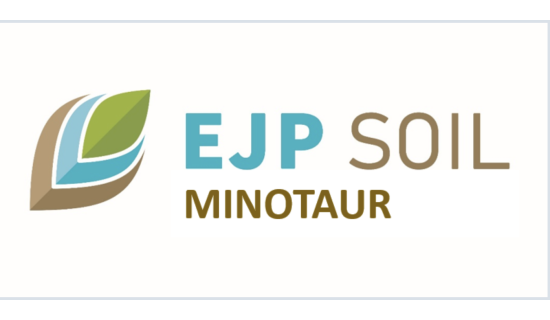Progetto EJP SOIL MINOTAUR
Modeling and mapping soil biodiversity patterns and functions across Europe
The current status and trends in soil biodiversity across Europe are poorly known, and adequate taxonomical and functional indicators are needed to evaluate the vulnerability of soils to climate change.
MINOTAUR aims to provide models, maps and policy-relevant indicators with validated reference values for monitoring soil biodiversity and associated functions. Moreover, it will aim to understand how agricultural practices can contribute to climate change mitigation and adaptation at regional and national levels across the EU.
The project will collaborate with relevant EU research projects, international soil biodiversity networks and programs to harmonize and integrate soil biodiversity data and contribute to support long-term harmonized EU soil information and international reporting.
To fully comprehend the role of soil biodiversity and its ecosystem functions in the context of climate change, sustainable development, and nature conservation, we must invest in understanding what lives belowground (Scow et al. 2020). In this framework, the MINOTAUR project aims to identify and select relevant taxonomical and functional indicators for soil biodiversity and associated agricultural soil functions, document their status and trends in time and space across Europe, and assess their vulnerability to climate change and sensitivity for management practices applied to respond to such climate change. The collaboration with EU and international soil biodiversity networks and programs (es. LUCAS, EUdaphobase, Soil BON) is being established to harmonize the integration of biodiversity data across spatial, temporal and taxonomic scales. The ultimate objective is to deliver a valuable information on the state and trends of soil biodiversity and functions to support current policy-making and help reshape it to bring soils and their biodiversity to the center stage of global sustainability thinking.

